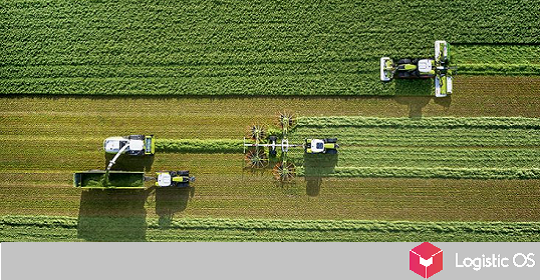This conclusion was made by Syngenta, which calculates the annual development rating of agricultural producers in Russia.
These studies are carried out jointly with IKAR, WCIOM and analysts from the IFORS center.
Based on the results of the assessment, the following conclusions were made:
— There is a clear decline in the 2020-2021 season compared to the previous season. The respondents generally rated the current season at 3.35 points out of 5 (the previous one was higher — by 3.61).
More than half of the respondents do not believe in the possibility of obtaining a harvest higher than a year ago (at that time, up to 68% of respondents allowed such a development of events).
— 74% of companies did not expand their acreage this season. Only 22% of farms went to expand.
— Only 36% of survey participants plan to increase their income compared to last year.
The rest are anxious to keep it at least at last year’s level.
The main conditions for generating income are considered by a significant part of the respondents to minimize the costs of producing their products, coupled with increasing yields.
Another important factor is the ability to sell products at high selling prices, which today are stable for a significant part of agricultural products.
— The availability of loans for farmers has grown this season: up to 77% of companies have taken advantage of the opportunity to borrow for their further development (+ 6% compared to last year).
— Up to 5% of respondents stake on the use of precision farming technologies.
For example, satellites and drones are actively used to monitor the current state of fields.
Syngenta makes a general conclusion that the steady growth of the Russian agricultural sector, which began in 2014 thanks to the sanctioned import substitution and the depreciation of the ruble, was interrupted by a pandemic, and at least by unfavorable weather conditions (drought, late frosts ).
On the whole, Russian farmers have recovered from the consequences and are looking to the future with optimism.
But it will take some time to return to sustainable growth — as well as good weather conditions during the new season.

